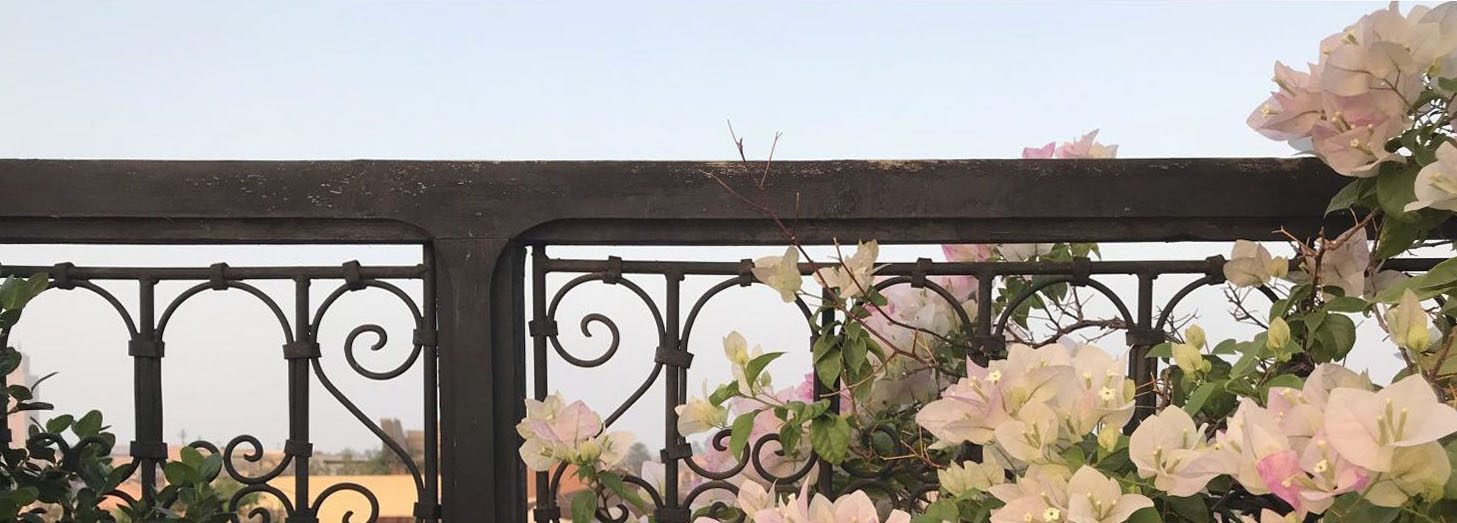Cameraless photography is a practice of photography without using an actual camera that dates back to 1843. The most popular practice is by placing objects of light-sensitive material and directly exposing it to light. Techniques include cyanotypes, photograms, rayographs, chemigrams, digital c-prints, dye destruction prints, gelatin-silver prints, and luminograms, etc.
A cyanotype is a type of cameraless photography that involves an object placed on paper, treated with ferric ammonium citrate and potassium ferricyanide, after which is exposed to sunlight & then washed in water, leading the untreated areas of the paper to turn dark blue. This practice was used by Anna Atkins. The work was made with the same process as architectural and engineering blueprints. This was considered the first work of photographic illustrations.
A photogram is a type of cameraless photography also known as early “salted paper” or “photographic drawing” used writing paper bathed in a weak solution of table salt, dried, then brushed on one side with silver nitrate, which created a light-sensitive solution of silver chloride that darkened when exposed to light. It was a practice invented by William Henry Fox Talbot (photogenic drawing). The photographic paper appears black, the objects which receive no light appear white, and the semi-transparent objects appear gray in photograms.
A rayograph is a type of cameraless photography invented by Man Ray, inspired by the technique of Photograms. This is a photographic image made by placing objects directly onto the surface of a chemically-sensitive paper & exposing it to light. It’s similar to X-Rays. Man Ray’s technique focused on the unexpected effects of negative imaging, variations in the exposure time given to different objects within a single image, and moving objects as the sensitive materials were being exposed.
A chemigram is a type of cameraless photography invented by Pierre Cordier. It consists of a photographic image made by painting onto light-sensitive paper, resembling a watercolor painting. Cordier’s technique consisted of using resists to block the chemical reactions of developer and fixer on photographic paper. Paper put into developer that hasbeen exposed to normal room light for varying periods of time will turn black, except where a resist blocks the chemical reaction.
Contemporary cameraless photography consist of many modern elements while still including traditional methods. Contemporary artist, Thomas Ruff, reinvents the traditional photogram in his recent works. Ruff posted a want ad on a forum about 3-D imaging, in search of someone who could create light refractions. After getting a response Wenzel S. Spingler, Ruff set off on a two-year journey to realize his new “Photograms” series. His photogram series depict abstract shapes, lines and spirals in seemingly random formulations with varying degrees of transparency and illumination. He is known for using technologies, both new and old, to create his photograms.
Sources:
http://www.vam.ac.uk/content/articles/c/camera-less-photography-techniques/https://www.britannica.com/biography/Man-Rayhttp://www.alternativephotography.com/the-chemigram/https://www.widewalls.ch/photogram-artists/pierre-cordier/https://www.architecturaldigest.com/story/thomas-ruff-gagosian-gallery-beverly-hills
http://www.publicdomainreview.org/collections/cyanotypes-of-british-algae-by-anna-atkins-1843/
















Thanks for your post.
Unreal Person is a AI image generator that is trained on billions of human faces to generate a brand new face that does not exist.
The faces are the result of AI generated images, thus you can make sure that this person does not exist.
https://www.unrealperson.com
I’m obsessed with different textures of objects and the associated feeling it brings to the viewers. 推特账号购买